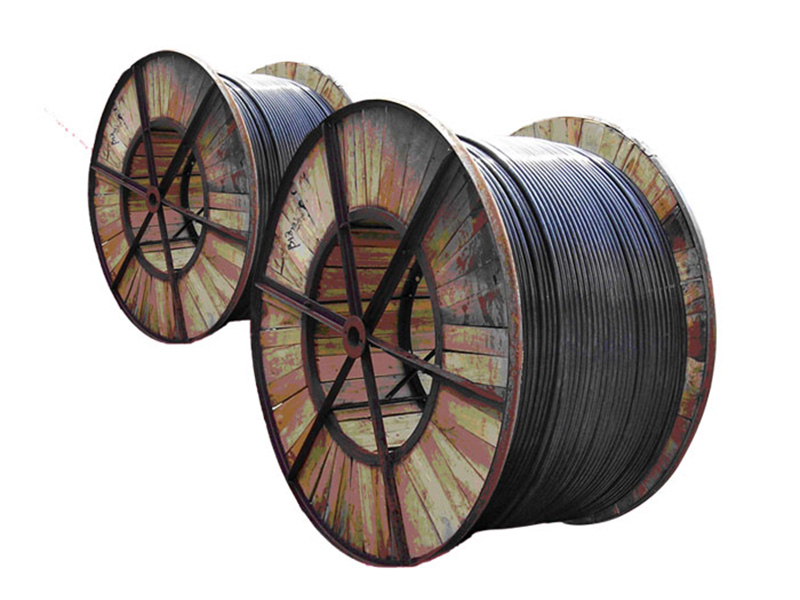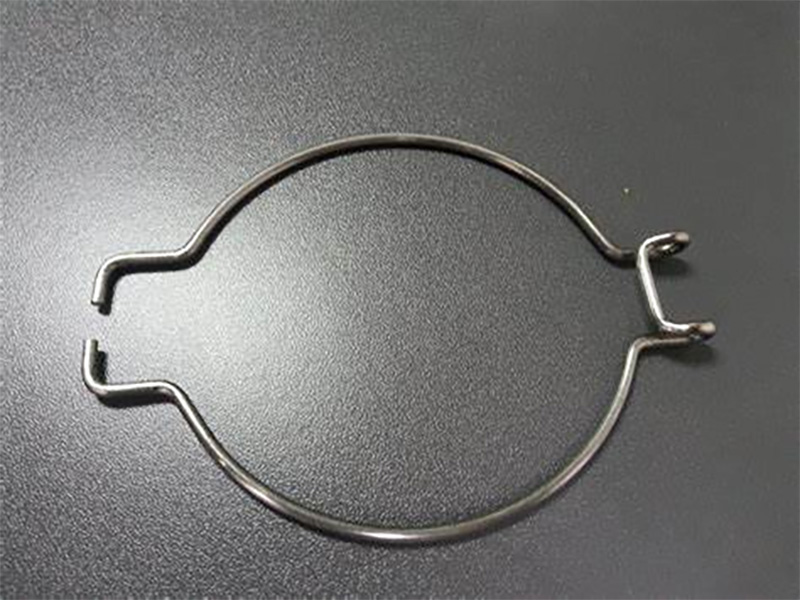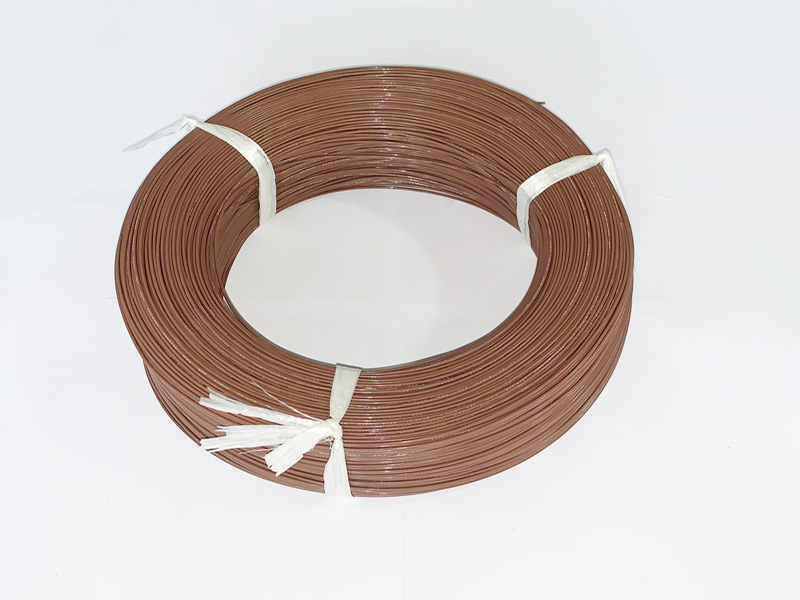



Stack Wire steel fault refers to the phenomenon of stack steel among rolling mills or between rolling mills.
A. The incoming size and breaking area of rolled parts are too large; There are surface or internal quality defects of rolled parts;
B, roll pass friction coefficient is not enough, resulting in rolling parts slip;
C. The volume flow per second of the incoming mill is greater than that of the receiving mill;
D. The electrical control system is wrong or out of control.
E. The mechanical running part of the automatic looper system or the photoelectric control instrument is installed incorrectly, out of control or out of order.
A. Adjust the size and area of incoming material to meet the reasonable continuous rolling constant relationship;
B. Dynamic and strict monitoring of the running status of rolled parts and timely adjustment;
C. Ensure the quality of incoming billets; Timely handling of semi-finished rolled parts with quality defects;
D. Check the rotation number, looper system and electrical control system of each rolling mill regularly to ensure the stability and normal running equipment and electric control system.

Drawing fault of rolling parts refers to the phenomenon that the rolling parts are too tight or broken between rolling mills or between rolling mills. Due to the fault of drawing steel, the size of rolled pieces often changes, and even the product size or roundness is out of tolerance, resulting in waste products.
A. Incoming size and breaking area of rolled parts are too small;
B. The volume flow per second of the incoming mill is less than that of the receiving mill;
C, electrical control system error or out of control.
A. Adjust the size and area of incoming material to meet the reasonable continuous rolling constant relationship.
B. Ensure the normal operation of electrical and electronic control equipment system.

For Further Details,Please Feel Free To Contact Us: